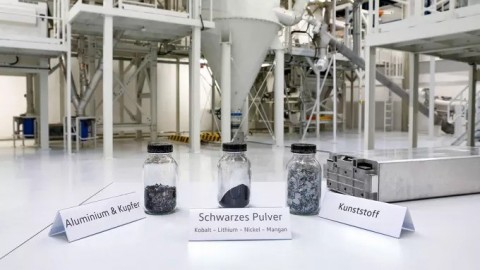
Way To Zero
Imagine if how we moved meant reaching our destination without leaving a footprint
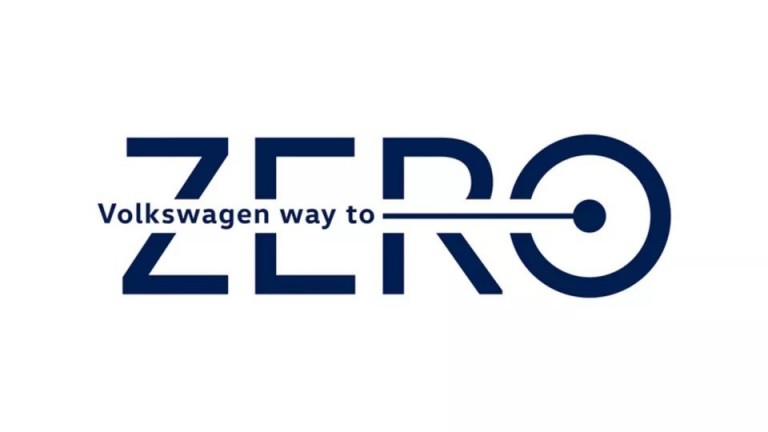
Volkswagen, Ireland’s bestselling car brand, is leading the way to a quieter, cleaner future. And today, we are faced with perhaps the greatest challenge in the history of mobility: we are assuming responsibility for our share of carbon emissions. We want everyone to participate in this movement – by being able to choose from innovative drive systems.
Whether it's our all-electric, net carbon-neutral ID.3 and ID.4 models or our broad range of Plug-in Hybrids. We will help you find your own very personal path to lower emissions. Only by doing this will we all reach our common goal. We call that journey Way to Zero. And it starts here.
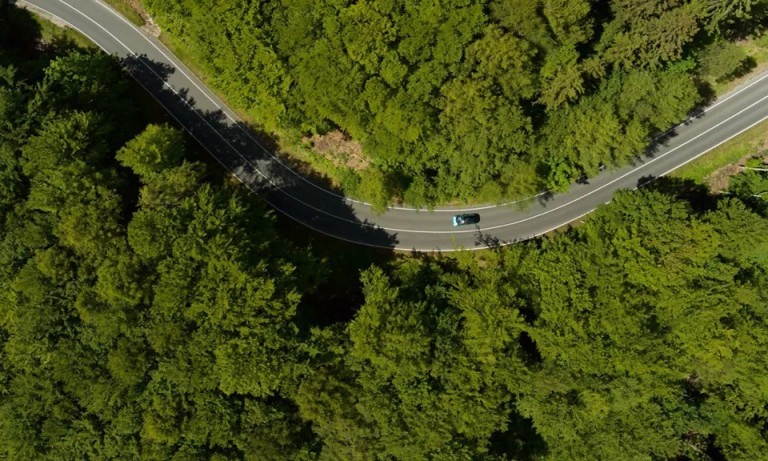
Delivered with a net carbon-neutral balance
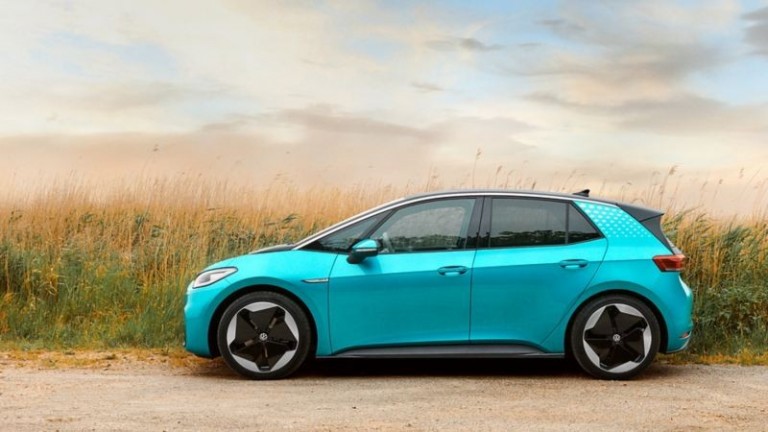
With fast charging and long ranges of up to 540 KM1 with the ID.3 or up to 500 KM1 with the ID.4, you can take a first step towards electric acceleration. Bringing us all closer to a brighter, sustainable future.
Both the ID.3 and the ID.4 are not just produced with a net carbon-neutral balance but are also delivered to you with a net carbon-neutral balance.
Manufacture and delivery of the ID.3 and ID.4 to the retailer are independently certified as net carbon-neutral by TUV Nord. Net carbon-neutrality is achieved through a combination of both emission reduction and off-setting unavoidable emissions. You can download the TUV Nord certificate for ID.3 here and you can download the TUV Nord certificate for ID.4 here . This independent certification is audited and reconciled quarterly. It excludes use and life-cycle post-handover at the retailer.
For production, we rely on energy efficiency and the use of green electricity to avoid emissions wherever possible. In the meantime, the share of emissions during the manufacturing phase that are unavoidable in the short term will be successively reduced and offset through certified climate projects.
As the first climate protection project, we are supporting our partner Permian Global in the Kantigan Mentaya Project in protecting 149,800 hectares of Indonesian rain forest, which absorbs large quantities of CO2.
And after delivery? We help you to drive your ID.3 with low carbon emissions over the long term.
As the first climate protection project, we are supporting our partner Permian Global in the Kantigan Mentaya Project in protecting 149,800 hectares of Indonesian rain forest, which absorbs large quantities of CO2.
And after delivery? We help you to drive your ID.3 with low carbon emissions over the long term. From 2021 Volkswagen will be able to offer a solution for charging with green energy.
Very diverse: our powertrain technologies
The future of mobility should be free of emissions. And not just for some, but for all. On the way to achieving this, we need diverse powertrain technologies that offer more performance in combination with reduced consumption. And which are the best possible proof that everyone can make a contribution in their own way.
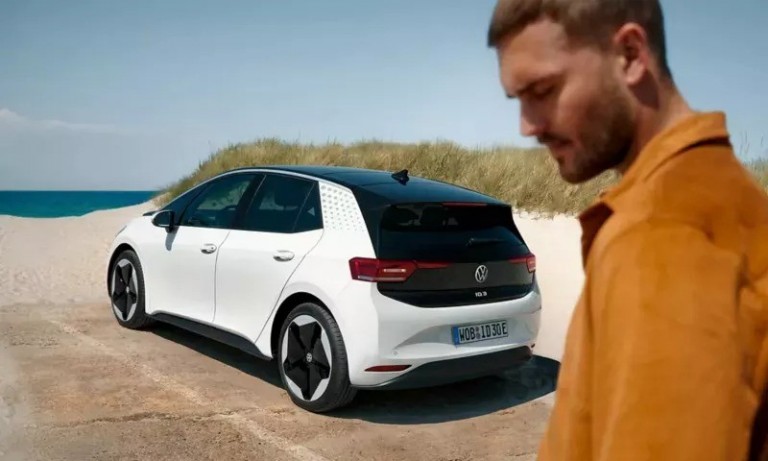
The electric powertrain technology of the all-electric ID.3
An innovative drive concept for impressive performance and a completely new driving feeling.
- Net carbon-neutral balance for production and delivery
- Depending on battery version, electric range (WLTP) of up to 540 km with just one charge
- Generous space thanks to modular electric drive matrix (MEB)
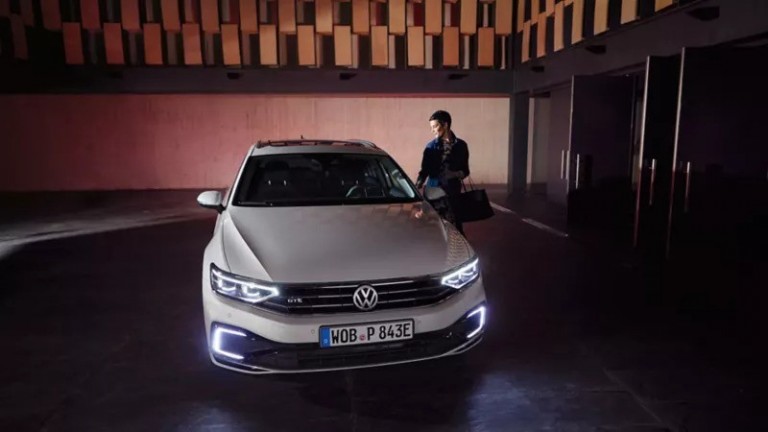
The plug-in hybrid drive
Dual drive for efficient driving pleasure with our eHybrids.
- Power multiplied, consumption reduced thanks to electric drive motor and TSI engine
- Efficient journeys thanks to E-MODE with electric range suitable for everyday driving
- Twice the driving pleasure as a result of performance-oriented GTE mode with Boost
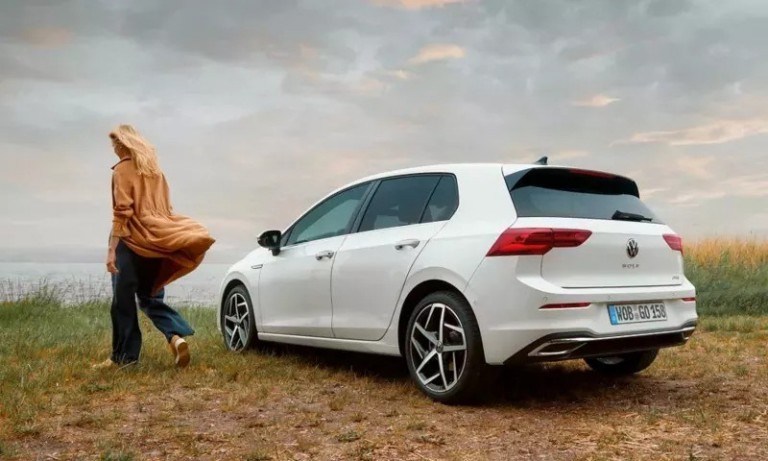
The mild hybrid drive
A new form of efficiency with electrified TSI petrol engine: the eTSI.
- More economical journeys thanks to stored kinetic energy and coasting function
- More comfortable and agile driving feeling in almost every driving situation
- More fun when driving off thanks to powerful electric assistance
A joint effort for greater climate protection
Every step counts on the way to cleaner mobility. That is why we are working on reducing emissions throughout the entire value chain and establishing new standards for both people and the environment.
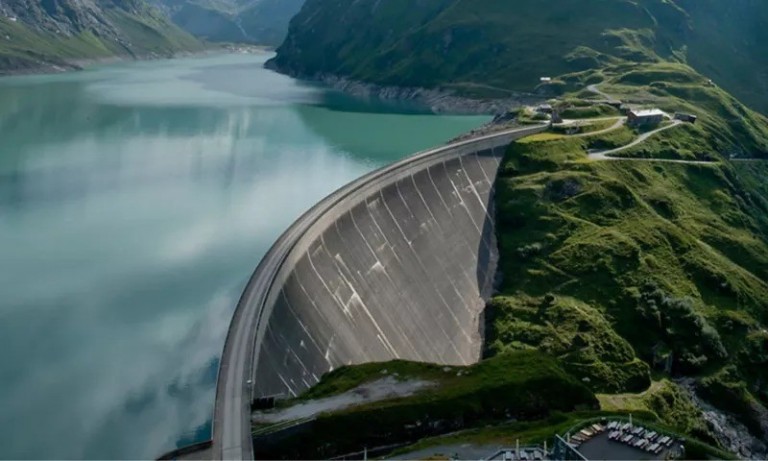
Green electricity for our plants
Vehicle production also consumes energy. We are working on reducing the carbon emissions of our plants all over the world even further. Our aim is to halve the carbon emissions of the plants by 2025 (compared with 2010). We will achieve this by making even greater use of green electricity in energy-efficient sites, for example. This will allow us to move ever closer towards our goal of becoming a company with a carbon-neutral balance.
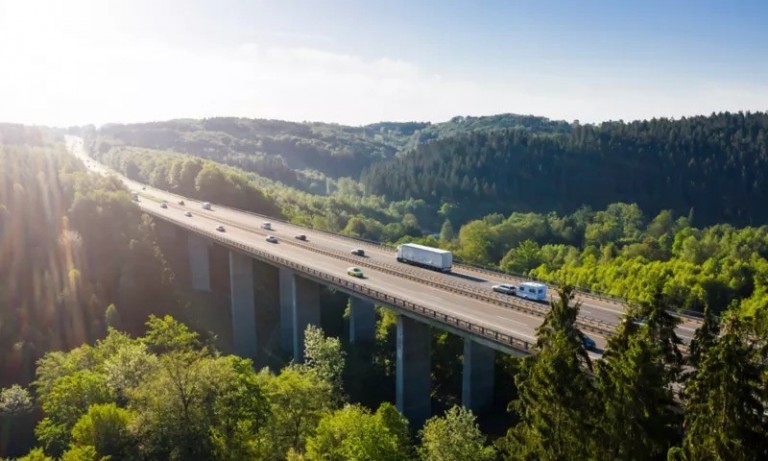
Optimising our supply chain
We also want to drive forward the use of green electricity and recycled materials in the upstream supply chain – in view of the large number of components, suppliers and sub-suppliers, this is a very complex task to which we are devoting all our energy. For example, we have stipulated that our suppliers must use green electricity when producing the battery cells.
We see offsetting carbon emissions through certified climate protection projects as an immediate measure to compensate for unavoidable emissions and as a step on the path towards a cleaner future.
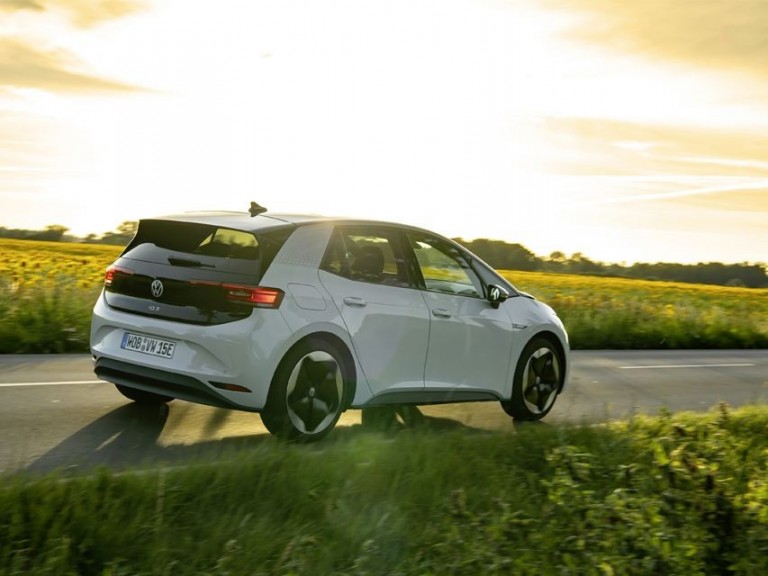
More about Way to Zero
By 2030, the Group aims to reduce global greenhouse gas emissions from production and use of its vehicles by 30 percent compared to 2018. The independent Science Based Targets initiative (SBTi) has certified that Volkswagen‘s climate targets meet the Paris Climate Agreement requirements.
Volkswagen will actively drive the transition to renewable energies throughout the entire life cycle of a car. Currently, 41 percent of the electricity consumed by the Group’s production processes is renewably sourced. 43 Group locations already use electricity from renewable sources only. In order to reduce absolute CO₂ emissions in production by 30 percent, Volkswagen plans to gradually increase the proportion of renewable energy in externally sourced electricity for production to 100 percent renewable by 2030 – first EU-wide by 2023 (ŠKO-ENERGO by 2030 at the latest), then worldwide by 2030. For China, they are currently examining the availability of sufficient green electricity.
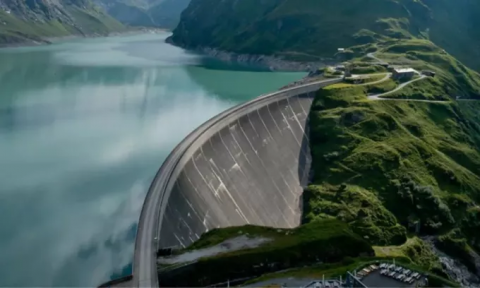
For European shipments, Volkswagen Group Logistics continuously charters two vessels which carry up to 3,500 vehicles on a route from Emden via Dublin (Ireland), Santander (Spain) and Setubal (Portugal) back to Emden about 50 times per year. In the course of their journeys, they carry about 250,000 new vehicles of the AUDI, SEAT, ŠKODA, Volkswagen Passenger Cars and Volkswagen Commercial Vehicles brands every year.
The two ships, which are both 180 meters long, are each powered by an MAN marine diesel with more than 19,000 PS (14,220 kW). In future, the two ships are to be refueled at sea off the coast of Vlissingen (Netherlands) with alternative fuel supplied by the Dutch company GoodFuels. This way, the CO2 emissions of the two conventional vessels along their route will be reduced by more than 85 percent – from over 60,000 to about 9,000 tonnes per year. In addition, sulfur oxide emissions will be almost completely avoided.

“Our goal is to create our own circular process in which more than 90 percent of each of our batteries is recycled,” says Thomas Tiedje, Head of Technical Planning at Volkswagen Component. “We don’t want to hand the process over at any point but prefer to train our employees and thus make them fit for the future.” The distinctive aspect: only batteries that can no longer be used in any other way are sent for recycling. Before that, the modules built into the battery system are checked to see if they are still in good condition and could possibly be given a second life in mobile energy storage systems such as flexible, fast-charging stations or charging robots. This significantly extends the use-phase life of the modules.
